Marketing Great American – From Fire Marks to Radio
From its earliest days, our company believed that investing in good marketing helped ensure its business would thrive and bring long-term value. See how our marketing has evolved through the years, mirroring the changes that happened in the advertising industry overall.
The earliest form of insurance marketing was the fire mark. Insurance companies issued metal fire marks to policyholders to signify that their property was insured against fire damage. These marks often carried the symbol or name of the insurer, and were made from cast iron, sheet brass or tinned sheet iron. Policy owners would then nail them to the exteriors of their homes and businesses.
By the mid-19th century, as the number of insurance companies increased, companies introduced signs as a means of advertising. These colorful artifacts were often found in agents’ offices. Our company minute books outline an expense of $41.50 for signs in 1875.
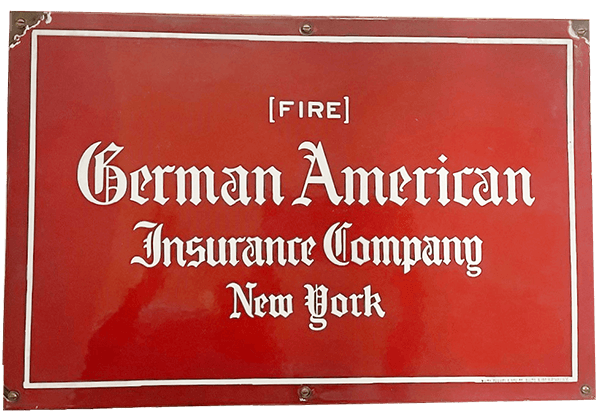

When the company was founded in 1872, print advertising focused primarily on financial strength or showing a company’s logo, address and key personnel. These were called business card ads.
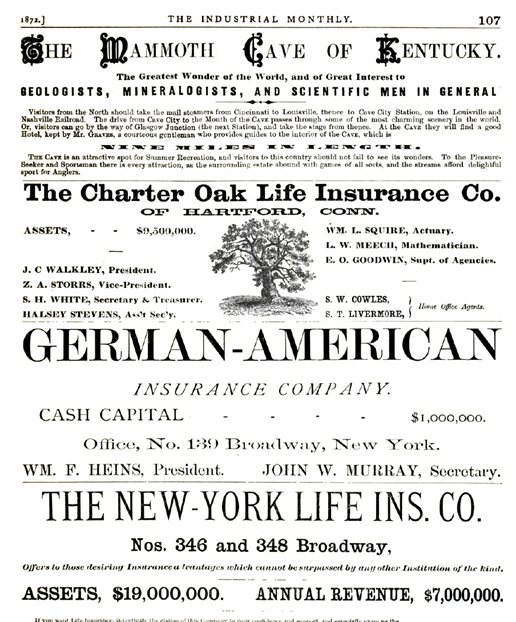
In the late 1800s, color printing became more common. Early German American advertising was often produced using lithographs. Many insurance companies used colorful imagery on objects like calendars to advertise their company.
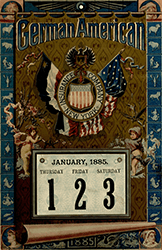
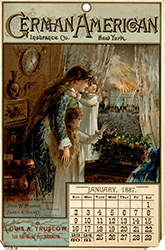
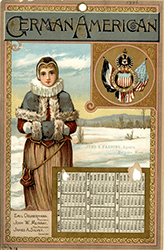
At the turn of the 20th century, it became common to imprint images on utilitarian objects. Great American used this as an opportunity to promote our company’s new headquarters building in New York City, and imprinted it on items such as paper weights, mirrors and fire clips.
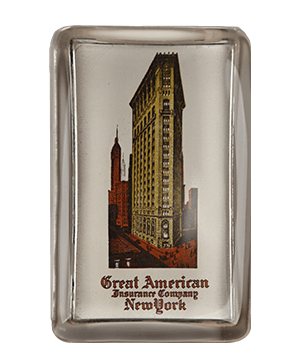

In the mid-1900s, The Saturday Evening Post was the premier platform for advertising. With a low sale price, the publication relied heavily on advertising to turn a profit. By the 1910s, the magazine consisted of more than 50% advertising. In the 1920s, it generated $50 million in advertising revenue. Through several decades, Great American produced a variety of ads for this weekly publication.
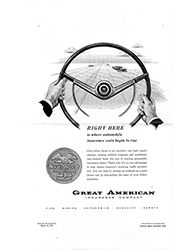
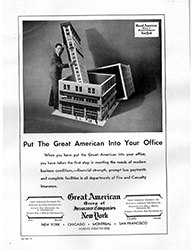
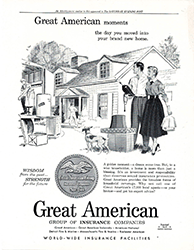
In the mid-20th century, broadcast media emerged as a core tool for marketing. In 1965, Great American began a 26-week sponsorship of a CBS radio news program featuring Douglas Edwards.
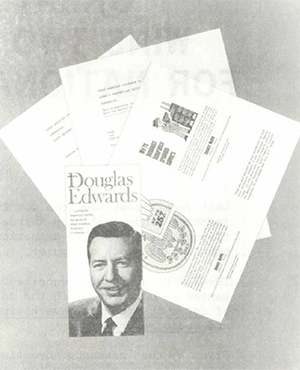
This broadcast was the backbone of Great American’s consumer advertising that year, reaching an estimated 3.3 million listeners a day through some of the 238 CBS-affiliated stations. These commercials were actual case histories from company files, illustrating the types of losses most people were likely to have. They stressed the quality of Great American service through an independent agent, and closed with the theme: “Great American - protecting the nation through hometown agents.”
Interested in seeing how Great American grew into the company it is today? Visit our Company Story to see why our yesterdays tell an important story about our tomorrow.





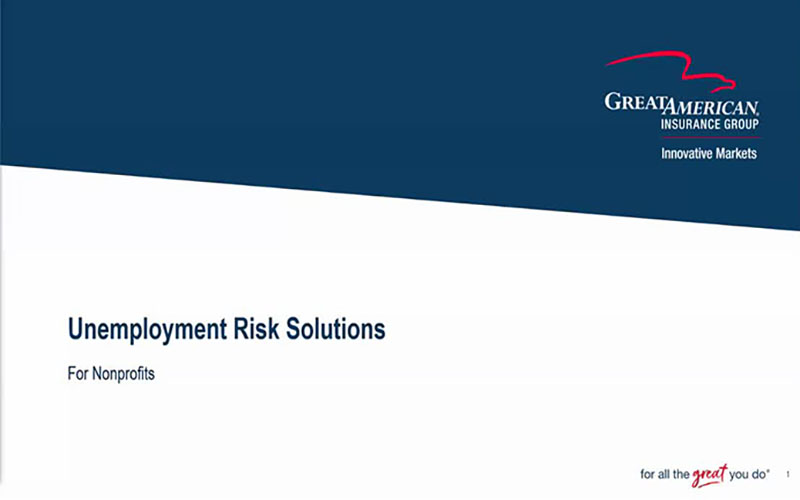


.jpeg?sfvrsn=dbf923b1_1)




.jpeg?sfvrsn=c50521b1_1)
